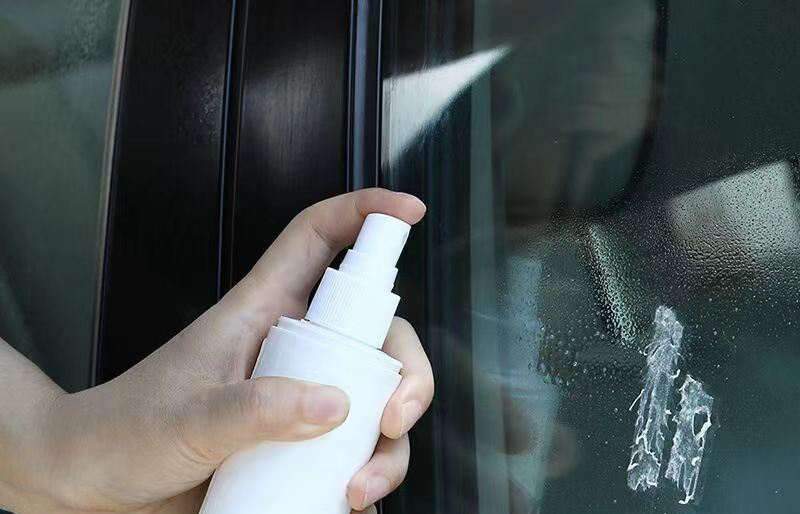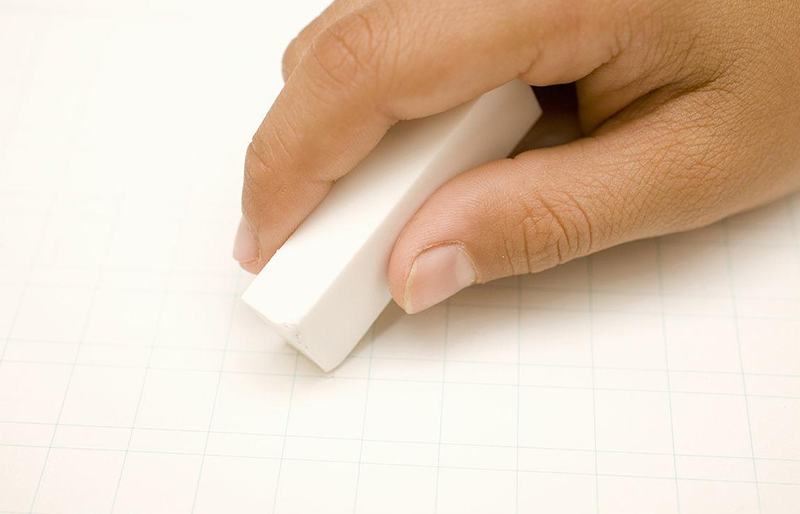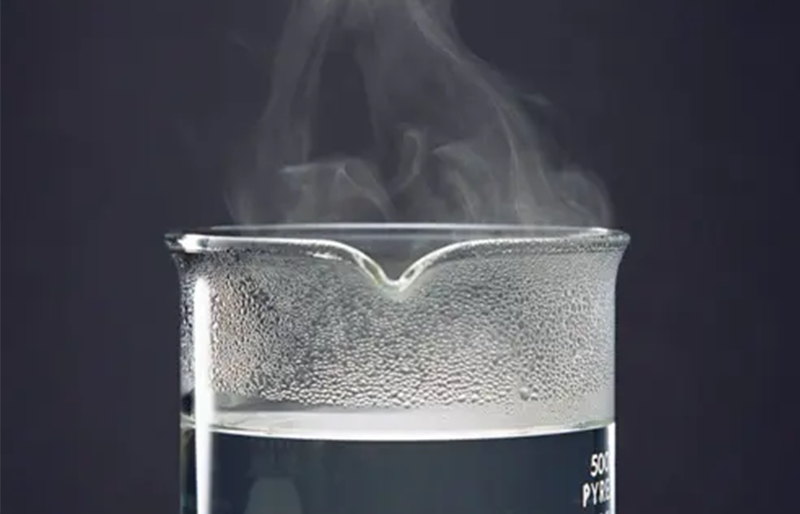How to remove the glue of double-sided tissue tape?
In our daily life and work, we often use double-sided tissue tape, which has the advantages of moderate stickiness, easy tearing, and easy adhesion. However, removing them can be a problem when they are no longer needed.
Residual tape not only affects aesthetics but can also cause damage to objects. You-San Technology will provide detailed instructions on how to remove double-sided tissue tape and help you solve this annoyance easily.

Understand the characteristics of the tape
Before starting to remove the tape, we need to understand the characteristics of double-sided tissue tape. Double-sided tissue tape is usually made up of cotton paper and adhesive, with the cotton paper having a certain degree of absorbency and the adhesive having stickiness.
During the adhesion process, the adhesive reacts chemically with the surface of the object, forming a tight bond. Therefore, when removing the tape, we need to use some tools and methods to break this bond.

Choose the appropriate method
1.Use a hairdryer
Direct the hairdryer at the tape and use the hot air setting to soften the tape. At the same time, gently scrape away the softened tape with a cloth or scraper. This method effectively breaks the tape’s stickiness, making it easier to remove. This method is especially suitable for smaller double-sided tissue tapes.
2.Use alcohol
Dip a cotton swab into a small amount of medical alcohol and apply it to the double-sided tissue tape, allowing it to penetrate and soften the tape. After waiting for a few minutes, gently scrape it away with a cloth or scraper. Alcohol not only softens the tape but also dissolves the adhesive, making it easier to remove. It is important to note that excessive use of alcohol may damage the surface being adhered to.

3.Use nail polish remover
Apply nail polish remover to the double-sided tissue tape, allowing it to fully penetrate and soften the tape. Then, gently scrape it away with a cloth or scraper. Nail polish remover can also remove most of the tape. The chemical components in the nail polish remover react with the adhesive, breaking its stickiness. However, it is important to choose a high-quality nail polish remover to avoid leaving harmful substances.
4.Use an eraser
For smaller double-sided tissue tapes, you can use an eraser to slowly rub them away. Although this method is time-consuming, it is very effective for removing residue from smaller tapes. The friction of the eraser breaks the tape’s stickiness, making it easier to remove. It is important to note that an eraser may cause minor scratches on smoother surfaces.

5.Use specialized cleaners
There are some cleaning agents available on the market specifically designed to remove double-sided tissue tape. These cleaners contain special chemical ingredients that can quickly and effectively remove the tape. When using them, it is important to carefully read the instructions and follow them to avoid damaging the surface or causing any other harm.

6.Using masking tape:
Heat the double-sided tape with a hairdryer and place a strip of masking tape on top of it (make sure to grab one corner of the masking tape). Pull it downwards to remove the tape. This method utilizes heat to reduce adhesion, making the removal faster and more effective.

7.Using fishing line or dental floss:
Place the line on the tape, tighten it, and press it against the wall. Then use soapy water to remove any residue. Repeat this step until the tape is completely removed. This method is simple, effective, and will not damage the wall.
8.Using tap water, dish soap, or white vinegar:
Some double-sided tape can be removed by vigorously scrubbing it with soap, tap water, or vinegar. If you are worried about damaging the paint, this method is the safest option.

9.Using white vinegar:
Take a cloth soaked in white vinegar and cover the entire area of the adhesive residue. Wait for the adhesive to be completely soaked through, and then use a wet cloth to wipe it clean. If it doesn’t come off in one go, you can repeat the process several times until even stubborn adhesive marks are removed.

10.Using baby wipes:
Some baby wipes contain ingredients that can remove adhesive tape. Try using baby wipes to wipe away any remaining adhesive.

11.Using sandpaper or sanding cloth:
For some stubborn tape residue, you can lightly sand the surface with sandpaper or sanding cloth to remove the adhesive marks.
12.Using olive oil:
First, apply olive oil to the tape, and wait for a few minutes. The oily component of the olive oil will react with the sticky substance of the tape, making it lose its stickiness. Then, use a cloth or sponge to gently wipe the tape, and it will easily come off. This method is not only simple and easy to do but also does not cause any damage to the surface.

13.Using automotive wax:
Apply automotive wax to the tape and then wipe it with a cloth. This will remove the tape and create a protective film on the surface, preventing future tape adhesion.
14.Using hot water and dish soap:
Mix hot water and dish soap together, moisten a cotton cloth or sponge, and then wipe the area with tape. Rinse with clean water to remove any residue.

15.Using flour to remove tape:
Mix flour and water in a 1:1 ratio to create a paste. Apply the paste to the tape, wait for it to dry, and then rub it off with your hand. This method is simple, environmentally friendly, and does not damage the surface. It is an effective way to remove tape.

16.Using sugar to remove tape:
Pour sugar on the tape and rub it with a cloth. Wait for the sugar to dissolve the tape, and then easily remove it. The sugar grains create friction with the tape, effectively removing it without causing any damage to the surface. This method is simple and practical, suitable for daily household cleaning.
17.Using toothpaste to remove tape:
Simply apply toothpaste to the tape and then wipe it off with a cloth. This will easily remove the tape. The abrasives and cleaning agents in toothpaste can effectively remove the tape without causing any damage to the surface.

18.Using bleach:
Mix bleach and water in a 1:1 ratio, then wipe the tape with a cloth dampened with the mixture to effectively remove the tape. The chlorine or sodium hypochlorite in bleach reacts with the sticky substance of the tape, making it lose its stickiness. This method is not only simple and easy to do but also useful for removing stubborn tape. Please note that when using bleach to remove tape, wear gloves and a mask to avoid harm to the body.

19. Using steam from a kettle:
Direct the steam from a hot water kettle towards the tape, steam it for a while, and the tape will become soft and easy to remove. This method is simple and effective, and it does not cause any damage to the surface.

Notes
1.Before using any method, conduct a test in an inconspicuous area to ensure that it does not damage the surface or leave marks.
2.For large areas of double-sided tissuetape, it is recommended to remove it in sections to avoid lifting or damaging the surface when removed all at once.
3.After removing the tape, it is best to wipe the adhesive surface with a clean cloth to remove residue and stains.
4.If you are allergic to certain chemicals or have concerns, it is recommended to perform a small-scale test before use.
5.Handle with care during the process to avoid ingestion or contact with sensitive areas such as the eyes. If accidental contact occurs, rinse immediately with clean water and seek medical attention promptly.
6.For stubborn residues, gentle sanding with fine sandpaper can be used, but be careful not to apply too much pressure to avoid surface damage. For fragile materials such as plastic, try to avoid using sandpaper to prevent scratching.
7.After handling double-sided tissuetape, store tools such as hair dryers, alcohol, nail polish remover, etc., properly to prevent accidental misuse or children’s access which may cause harm.
8.Maintain good indoor ventilation during the process to reduce the concentration of harmful substances. If working in an enclosed environment, open exhaust fans or other ventilation devices.
9.If you still have questions or encounter difficulties in removing double-sided tissuetape, you can consult us and seek our assistance.

Summary and Suggestions
By following the above methods, we can effectively remove double-sided tissue tape.
However, when choosing a method, it is necessary to make judgments and try one or more methods based on the actual situation to achieve the best result.
At the same time, we should handle with care during the process to avoid unnecessary damage to items. If difficulties arise, seek help promptly to prevent more serious consequences.
Furthermore, to reduce similar issues, we should develop the habit of timely cleaning and choose double-sided tissue tape from reputable brands and models. This not only ensures good adhesive effects but also reduces the trouble of subsequent handling.
For example, You-San double-sided tissue tape is made from high-quality materials and has been tested to ensure excellent quality.
Product Code Color Total Thickness [um] Backing Adhesive Initial Tack[mm] 180°Peel Strength [N/inch] Retentivity
[hour]Long-Term Temperature Resistance
[℃]Short-Term Temperature Resistance
[℃]P3112A Translucent 120 Tissue Acrylic ≤100 ≥20 48 120 150 P3115A Translucent 150 Tissue Acrylic ≤100 ≥20 48 100 150 P3115A+ Translucent 150 Tissue Acrylic ≤100 ≥18 48 150 180 P3105H Translucent 50 Tissue Acrylic ≤100 ≥9 24 80 120 P3110H Translucent/Black 100 Tissue Acrylic ≤100 ≥11 24 80 120 P3112H Translucent/Black 120 Tissue Acrylic ≤100 ≥13 24 80 120 P3114H Translucent/Black 140 Tissue Acrylic ≤100 ≥15 24 80 120 P3116H Translucent/Black 160 Tissue Acrylic ≤100 ≥16 24 80 120 P3112N Translucent 120 Tissue Acrylic ≤100 ≥12 24 120 150 P3114N Translucent 140 Tissue Acrylic ≤100 ≥14 24 120 150 P3116N Translucent 160 Tissue Acrylic ≤100 ≥15 24 120 150 P3100G Translucent 70-160 Tissue Acrylic ≤150 ≥9-20 2 30 40 P3100G1 Translucent 70-120 Tissue Acrylic ≤120 ≥9-14 20 30 40 P3110 Translucent 100 Tissue Acrylic ≤100 ≥11 24 40 60 P3112 Translucent 120 Tissue Acrylic ≤100 ≥13 24 40 60 P3114 Translucent 140 Tissue Acrylic ≤100 ≥14 24 40 60 P3116 Translucent 160 Tissue Acrylic ≤100 ≥15 24 40 60












